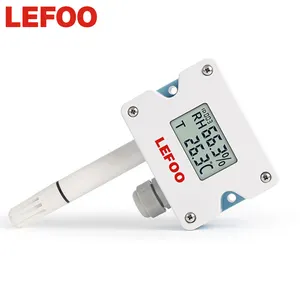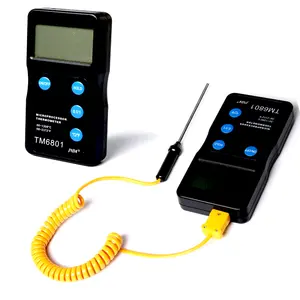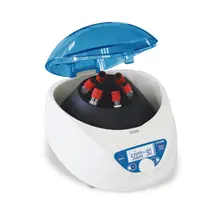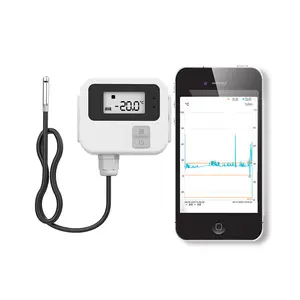Understanding Body Temperature Recorders
Body temperature recorders are essential tools in various professional settings, from healthcare facilities to research labs. These devices are designed to record body temperature accurately without physical contact, making them ideal for quick and efficient temperature monitoring. This introduction delves into the types, applications, and features of body temperature recorders, providing valuable insights for potential buyers.
Types of Body Temperature Recorders
The market offers a diverse range of body temperature recorders to suit different requirements. Options include bimetallic thermometers, surface thermometers, and temperature data loggers. Each type serves a specific purpose, from surface temperature assessments to long-term temperature monitoring, ensuring that there is a device to record body temperature in various scenarios.
Applications of Body Temperature Recorders
Body temperature recorders are versatile instruments used across multiple fields. Lab scientists may utilize them for controlled experiments, while field researchers rely on them for environmental studies. In commercial settings, such as retail or food and beverage stores, these devices help maintain product quality by ensuring optimal storage temperatures.
Features and Materials
When selecting a body temperature recorder, it's crucial to consider the features that align with your measurement needs. Many recorders boast digital interfaces for ease of use, data logging capabilities for tracking temperature over time, and robust materials like stainless steel for durability. The choice of material not only contributes to the longevity of the instrument but also to its accuracy and reliability in different environments.
Advantages of Using Body Temperature Recorders
The primary advantage of using a body temperature recorder is its ability to provide precise temperature readings without direct contact. This non-invasive approach is not only more hygienic but also allows for rapid measurement, which is crucial in high-traffic areas. Additionally, the integration of advanced sensors and data logging features enables continuous monitoring, which is vital in critical temperature-sensitive processes.
Selecting the Right Body Temperature Recorder
To record body temperature effectively, choosing the right recorder is paramount. Prospective buyers should consider the specific environment in which the device will be used, the required range of temperature measurement, and the desired data output format. While the selection is vast, the focus should always be on finding a recorder that meets the specific measurement needs of your operation.
































 浙公网安备 33010002000092号
浙公网安备 33010002000092号 浙B2-20120091-4
浙B2-20120091-4